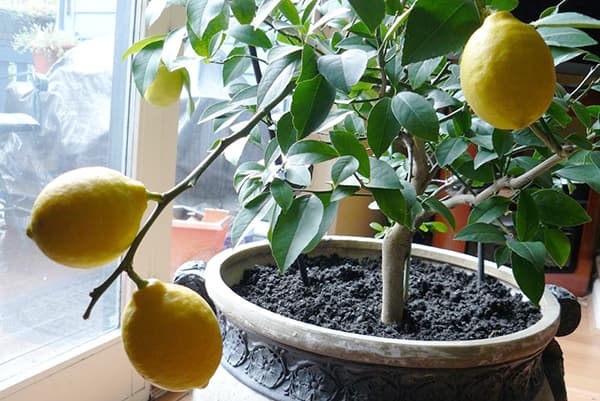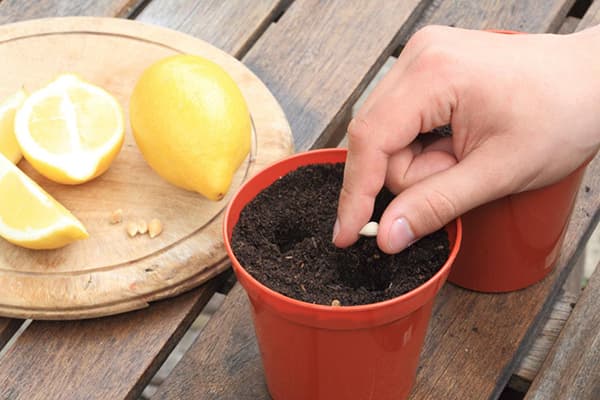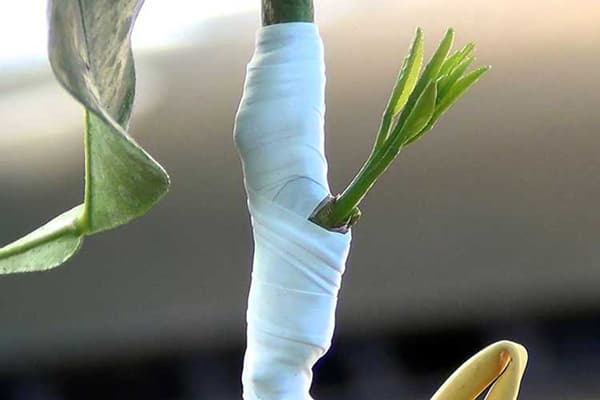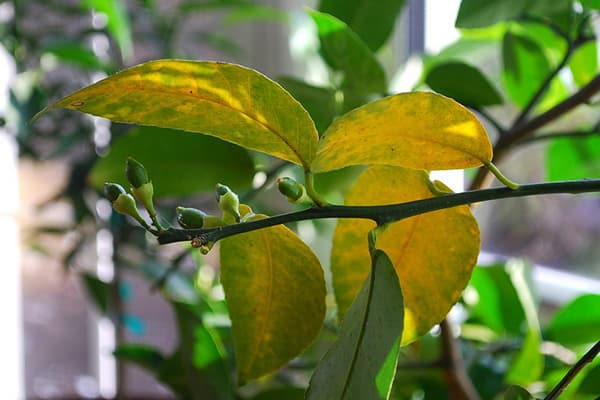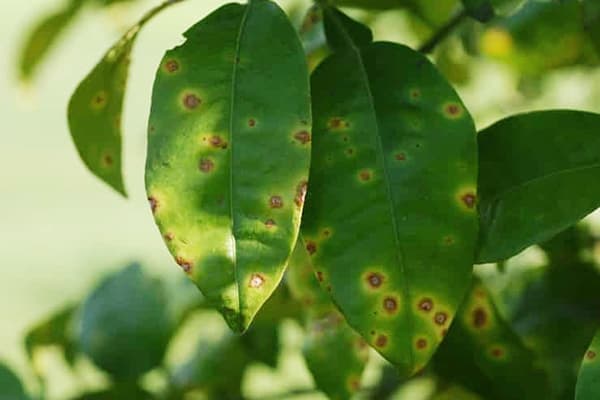How to germinate lemon seeds at home?
Everyone knows about the benefits of lemon for health and immunity. Many consider it an overseas fruit that cannot grow in the middle zone. But anyone can germinate a lemon seed at home: all you need is a pot and a little patience.
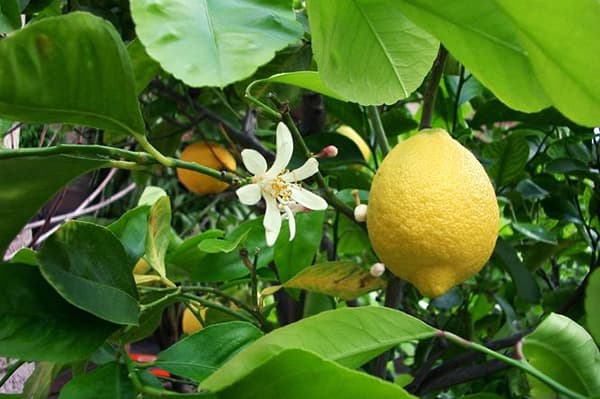
What is a lemon tree?
Under natural conditions, lemon is an evergreen citrus tree that grows up to 2–3 meters. It has a branched crown, dark green glossy leaves with the same smell as the fruit. It blooms with small white flowers with a subtle pleasant scent. It usually bears fruit abundantly, the pulp in the fruits is soft, light yellow and very sour.
Lemon grows in countries with subtropical climates. Its homeland is considered to be the territory of India, China and Pakistan. It is widespread in Azerbaijan, Uzbekistan, Tajikistan, and is grown in the Caucasus and Crimea. It also grows in Mexico - this country is a leader in the production of citrus fruits.
Growing at home
So, to get this all-purpose healer, you need to follow simple planting tips.
It is better to grow a lemon from a seed rather than from a cutting. This way it will become more resilient and adapt to indoor conditions. Fruiting should begin in 3–4 years.
Landing algorithm
To successfully grow a lemon tree, you need to choose high-quality seeds. Ripe fruits without signs of disease, dark spots or mold are suitable. The seeds must be whole and undamaged.In addition, it is better to plant 10–15 seeds at once, because fruits from markets and supermarkets have low germination rates. Of this amount, 40–60% will sprout, and only half of them will survive the grafting. This will give you 3-5 mature lemon trees.
After selecting the seeds, planting begins.
- In the store you need to purchase universal soil or find special soil for citrus fruits. It can also be prepared from sand, humus and black soil in proportions 1:1:2. The soil is placed in pots or plastic cups with holes in the bottom.
- Before planting, you need to water the soil and immerse the seed in it. The planting depth should be 2.5–3.5 centimeters.
- The holes are sprinkled with earth and the pots are placed in a warm, but not hot place. In winter, you can place it close to the radiators, but avoid overheating. In summer, a window on the sunny side is suitable.
- Before germination, the pots can be covered with cling film to prevent drying out.
- Seeds are watered approximately once every 5–6 days, more or less often if necessary. The soil should not be allowed to dry out completely, nor should it become excessively wet.
Shoots should appear in 20–25 days. Pots with ungerminated seeds are removed. The cling film must be removed immediately after the sprouts appear so that they can breathe. If two shoots have grown from one seed, you need to wait until the stronger one is formed and remove the weak shoot.
Seedling care
Once germinated, small lemons are very vulnerable and require careful care. They need to provide comfortable conditions for growth.
- Seedlings need to be watered 2-3 times a week. In the cold season, moisturize less often, in the warm season - more often. If the soil is still wet, watering is strictly prohibited: the roots may rot.
- When the lemons grow to 6–7 centimeters and become stronger, the leaves need to be wiped from dust. This is best done with damp cotton pads. The procedure must be carried out extremely carefully so as not to damage the sprouts.
- 2-3 times a week you need to spray the bushes with a spray bottle to humidify the air. When central heating radiators are working, spraying needs to be done more often - lemons do not like dry air.
- When the seedlings grow to 12–15 centimeters, they need to be transplanted into a new pot. It should be slightly larger than the previous one - you cannot sharply increase the size of the “dwelling”. It is better to replant in the spring, or at least in the fall.
- A month and a half after germination, you can apply the first fertilizing. Its quantity should be minimal. Fertilizers with zinc and manganese are suitable. You can buy special additives for citrus fruits in the store.
To make the lemon look beautiful and not turn into a bush, it needs to be trimmed and pinched. The main shoot is cut with sharp pruning shears at a height of 15–20 centimeters. The shoots are removed again when they grow to 10–15 centimeters. This is repeated two more times, after which flowering shoots will appear on the tree.
Graft
In order for a lemon to begin to bear fruit faster, it needs to be grafted. To do this, you will need a small branch of an adult lemon that has already produced a harvest.
- Using a sharp knife, the scion, a branch of a fruit-bearing tree, is carefully cut off.
- The seedling, whose trunk diameter is 5–7 millimeters, is wiped with a cotton pad to prevent infection from getting into the cut.
- The bark is cut with a knife in the shape of the letter T. The horizontal cut should be longer.
- The edges of the cut are carefully folded back.
- A bud on the scion is cut off so that a little branch bark remains around it.
- The eye is inserted into the incision and pressed against the bark.
- After this, it is wrapped with a special grafting tape. A small strip of natural fabric will also work, but in this case it should not be tightened too much.
After the procedure, you need to water the lemon generously and provide it with comfortable conditions:
- a greenhouse from a jar or bag in the first week (needs to be ventilated daily);
- regular feeding;
- humidity;
- temperature +20–25 degrees.
When the scion takes root and the eye sprouts, the seedling can be cut at a height of 10–12 centimeters above the grafting site. To ensure that the grown shoot is positioned correctly, you can place a branch or stick in the pot and tie a lemon to it. He needs to stand in this position for 3–4 months until the trunk is leveled.
If everything is done correctly, fruiting will begin within 1–2 years.
Pests and diseases
Despite the fact that indoor lemons are unpretentious and resistant to environmental conditions, sometimes they are affected by pests and diseases. To prevent seedlings from dying, you need to know the signs of diseases, identify them in time and begin treatment.
Basically, 3 types of pests can settle on lemons:
- Aphid. Small black or green insects congregate on the undersides of leaves and secrete a sticky liquid. They suck out plant juices, causing lemons to wilt. Affected plants stop growing and their leaves drop.
- Whitefly. White moths and their larvae live under the foliage. They love to attack blooming lemons. They suck the juice from the stems and ovaries, so the plants stop bearing fruit. The leaves become spotted, turn yellow and fall off.
- Spider mites. A web appears on the leaves, cuttings and stems, in which small brown insects sit.They pierce the leaves and drink the juice. The holes rot, turn yellow, the lemons wither, the leaves fall off.
If these pests are detected, you must adhere to the treatment algorithm:
- remove pests from branches using cotton pads and soap solution;
- wash lemon trees with a spray bottle;
- treat them with infusion of onion, mustard, tobacco or garlic (80–100 grams of dry matter per liter of water);
- in severe cases, resort to chemical insecticides: “Zdraven”, “Rembek”, “Konfidor”;
- repeat washing every 5–7 days until the insects disappear.
Lemons are also sometimes susceptible to viral and fungal diseases.
- Leaf mosaic. Leaves become spotted and growth slows down. A sick plant should be isolated from healthy ones as quickly as possible, damaged leaves should be removed, and watering and nutrition should be provided.
- Citrus cancer. Leaves, stems and fruits become spotted and change shape. It is impossible to cure the disease, but for prevention you need to spray lemons with a solution of liquid copper.
- Scab. The leaves become covered with spots, then gray growths appear on them. The lesion quickly spreads through shoots and fruits. Diseased parts of the plant are removed and treated with an antifungal solution.
It should be noted that lemons rarely get sick. To keep them healthy, it is enough to regularly water them and fertilize them.
Benefits of lemon fruit
Lemon is valued as a medicinal plant. It contains a large number of useful substances:
- vitamin C;
- vitamins B1, B2, B4, B5, B6, B7, B9;
- vitamins A and E;
- potassium, calcium, copper, iron;
- beta-carotene;
- amino acids;
- flavonoids;
- citric acid.
The fruit of the lemon tree has many beneficial properties:
- strengthens the immune system;
- treats runny nose, colds, sore throat and cough, ARVI;
- reduces cholesterol, normalizes bile levels;
- lowers blood pressure, strengthens blood vessels and nourishes brain cells;
- cleanses the intestines of toxins and promotes detoxification of the body;
- strengthens bones, prevents and stops the development of arthritis and osteoporosis;
- helps relieve symptoms of urolithiasis and helps in its treatment;
- stops the development of cancer cells.
In addition, lemon is widely used in cooking. It improves the taste of many dishes: fish, meat, salads, fruit and vegetable juices.
Fruit juice is included in smoothies, cocktails, and is added to compote. The zest makes baked goods and confectionery products much tastier. Lemons are an integral part of many detox diets for rapid weight loss.
Citrus fruits help maintain and restore health. You don’t have to wait for them to be brought from hot countries - you can germinate lemon seeds at home. With a little patience and care, you can get delicious, healthy fruits from your windowsill.
